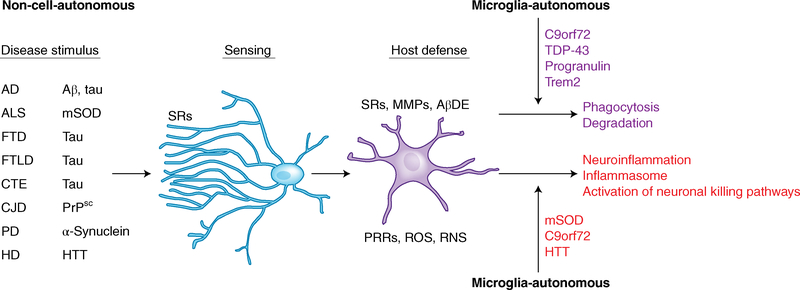Fig. 3 |. Effectors of microglia function associated with neurodegeneration.
Two common themes for microglia’s roles in neurodegenerative diseases emerge. As microglia perform their normal sentinel function, they encounter aberrant or misfolded proteins such as Aβ, aggregated α-synuclein, oxidized or mSOD1, or PrPsc. In response to these toxic stimuli, microglia perform their host-defense function, attempting to clear these agents via SRs and other PRRs. The nature of the aberrant proteins or their persistent production disrupts microglial housekeeping functions and dysregulates microglial host-defense functions, leading to an exaggerated proinflammatory response, neurotoxicity, and neurodegeneration. A second theme is that in some neurodegenerative diseases, such as AD, ALS, and HD, mutations in specific genes cause self-autonomous dysregulation of host defense, thereby initiating or exaggerating proinflammatory responses, resulting in neurotoxicity and neurodegeneration. For example, mutations in TDP-43, progranulin, and Trem2 affect phagocytosis and associated degradation pathways (purple), whereas mutations in mSOD and HTT affect inflammasome activation and neuronal killing pathways (red). Mutations in C9orf72 affect both phagocytosis and inflammasome pathways. MMPs, matrix metalloproteases; AβDE, Aβ-degrading enzymes.

